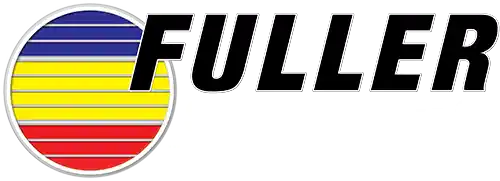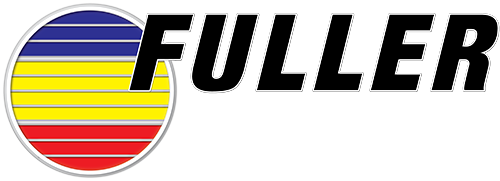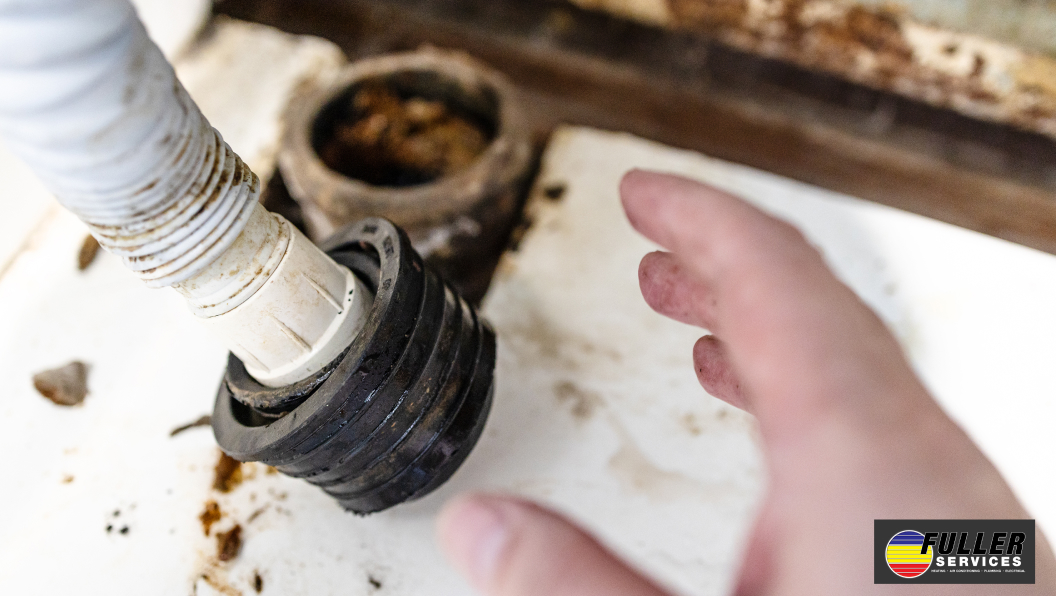
There’s nothing quite like the frustration of a clogged drain to disrupt your daily routine. That telltale gurgling sound as water drains slowly—or doesn’t drain at all—signals an issue that demands immediate attention. As your local HVAC and plumbing experts, we’ve seen countless homeowners struggle with recurring drain problems that could have been avoided with a better understanding of the most common drain clogs and how to prevent them.
Maintaining clear drains isn’t just about convenience; it’s about protecting your home’s plumbing system and avoiding costly emergency repairs.
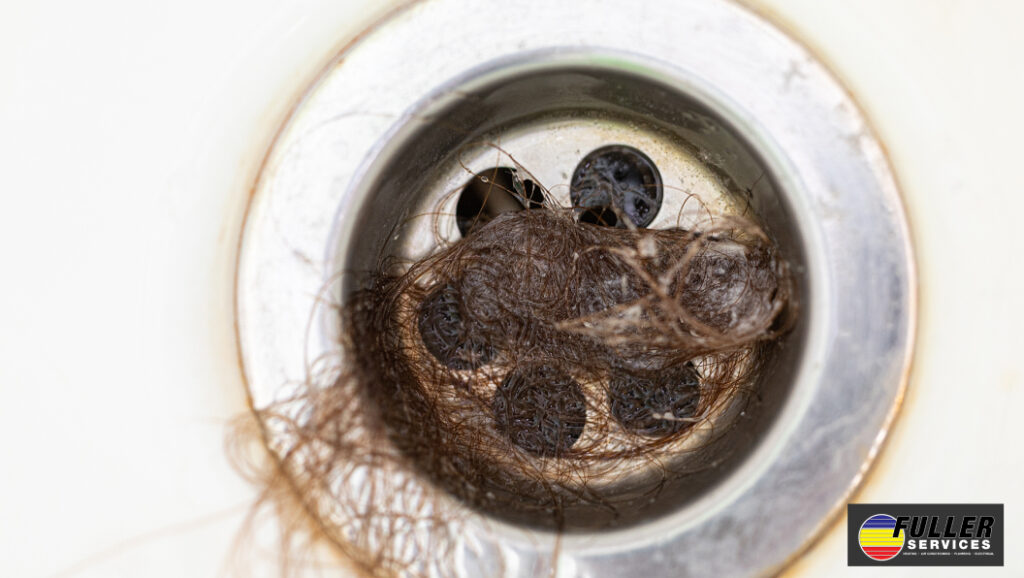
1. Hair Buildup
Hair is perhaps the most notorious drain-clogging culprit in residential plumbing. Each time you shower or wash your hair, strands naturally shed and wash down the drain. Unlike other substances that dissolve in water, hair is resilient and tends to tangle, creating a net-like structure that catches other debris.
This problem is particularly prevalent in bathroom sinks and shower drains. Over time, hair combines with soap and skin cells, forming a sticky mass that gradually restricts water flow. What starts as a slow drain can quickly progress to a complete blockage if left unaddressed.
Prevention is straightforward but requires consistency:
- Install inexpensive drain covers or strainers in the shower and bathroom sink drains
- Clean these guards regularly, removing collected hair before it washes down
- Consider brushing your hair before showering to remove loose strands
For households with long-haired family members or pets, scheduling professional drain cleaning every 6-12 months can prevent accumulated buildup that home methods might miss.
2. Grease and Fat Accumulation
That bacon grease or cooking oil might seem harmless when it’s hot and liquid, but once it enters your drain pipes, it begins to cool and solidify. Over time, these fatty substances adhere to pipe walls, narrowing the passage for water and catching food particles, creating a stubborn, expanding blockage.
Kitchen sink drains bear the brunt of this issue, particularly in homes where cooking occurs frequently. Unlike some clogs that announce themselves immediately, grease buildup is insidious, developing gradually until you notice progressively slower drainage.
Never pour cooking oils, fats, or grease down any drain. Instead, collect them in a heat-resistant container and dispose of them in your household trash once solidified. For small amounts of grease residue on pans and dishes, wipe them thoroughly with paper towels before washing.
Also, consider using cold water rather than hot when rinsing dishes that have contained fatty substances. Hot water keeps grease liquefied longer, allowing it to travel further into your plumbing before solidifying, while cold water helps solidify it immediately so it can be caught by your garbage disposal or strainer.
3. Soap Scum Residue
Traditional bar soaps contain fats and oils that react with minerals in your water supply, creating what we know as soap scum. This whitish, sticky residue doesn’t just build up on shower walls and fixtures—it’s simultaneously coating your drain pipes. When combined with hair and other debris, soap scum creates a particularly stubborn clog that’s difficult to remove without professional assistance.
This problem is exacerbated in homes with hard water, where higher mineral content accelerates scum formation. Bathroom drains typically suffer most, though any drain regularly exposed to soap is vulnerable.
To prevent this, consider switching to liquid soaps or synthetic detergents, which are less likely to react with minerals in water. Periodically flush drains with hot water mixed with a small amount of white vinegar to dissolve developing soap scum before it hardens. For shower areas, a weekly wipe-down of walls and fixtures can prevent excess scum from washing into drains.
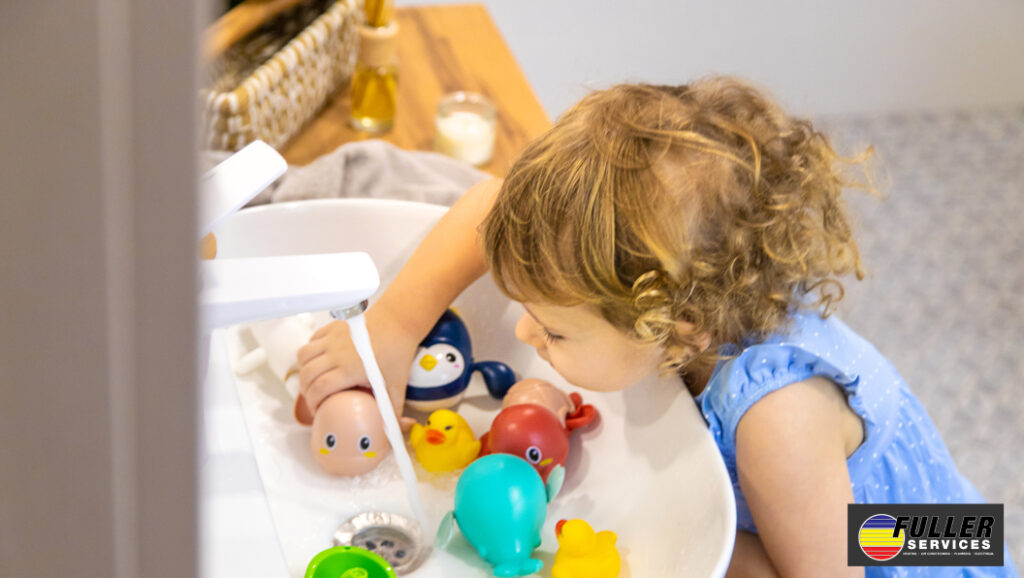
4. Foreign Objects
It happens to the best of us—something accidentally falls down the drain that never should have entered your plumbing system. From children’s toys and jewelry to cotton swabs and dental floss, foreign objects create immediate blockages by becoming lodged in drain traps or pipes.
Kitchen drains frequently fall victim to utensils and bottle caps, while bathroom drains commonly encounter items like cotton balls, wrappers, and small personal items. Unlike organic clogs that might partially break down over time, these objects create persistent blockages that typically require professional removal.
Always keep drain covers in place, particularly in sinks where small items are handled. Establish household rules about what can go down the drains, especially for homes with children. Keep countertop items organized and away from sink edges to prevent accidental falls.
If you suspect something has gone down the drain, avoid using that fixture and call a professional immediately. Attempting to retrieve the item yourself might push it further into your plumbing system, complicating the repair.
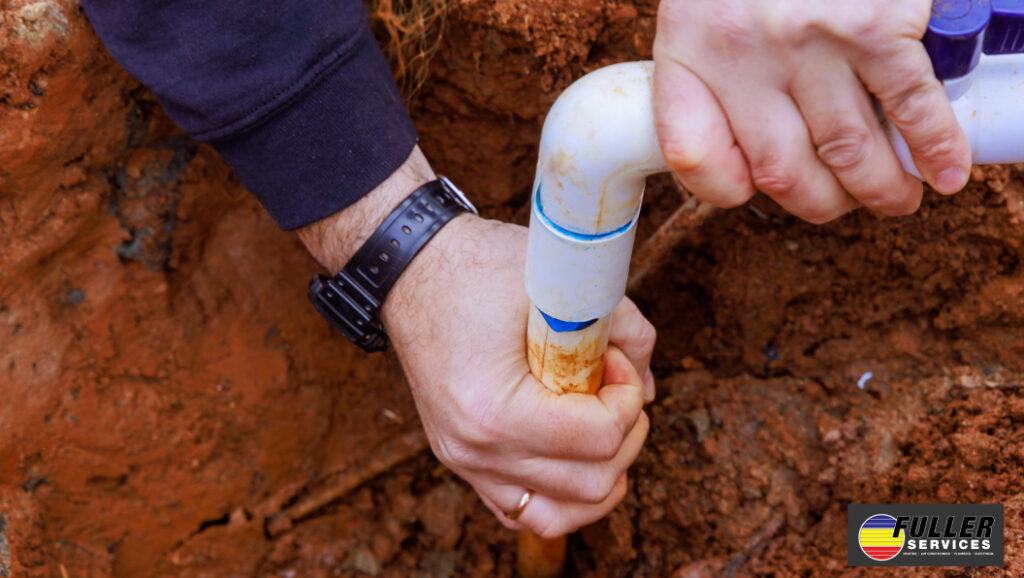
5. Tree Root Intrusion
This silent invader affects your home’s outdoor drainage and sewer lines. Tree roots naturally grow toward sources of water and nutrients, exactly what your drain pipes contain. Even the smallest crack or loose joint in your plumbing can attract roots that will grow, expand, and eventually completely block or even break your pipes.
Homes with mature trees within 30 feet of sewer lines are particularly vulnerable. Warning signs include recurring clogs in multiple drains, gurgling toilets, or sewage backups—especially after heavy rainfall when roots are actively seeking moisture.
Know the location of your underground pipes and avoid planting trees near them. For existing trees, consider installing root barriers between trees and plumbing lines. Schedule periodic sewer line inspections with camera equipment to detect early root intrusion before it becomes a major blockage.
This type of clog nearly always requires professional intervention, often using specialized equipment that can cut through roots without damaging pipes.
6. Mineral Buildup
If you have hard water—water with high mineral content—your pipes are gradually accumulating calcium and magnesium deposits. Over time, these minerals form a rock-like crust that narrows pipe diameter, restricting water flow and creating rough surfaces where other debris can catch and accumulate.
This problem affects your entire plumbing system but is often first noticed in shower heads, faucet aerators, and water heaters. Signs include white crusty deposits around fixtures, decreased water pressure, and inefficient water heating.
Consider installing a whole-house water softener system to reduce mineral content before water enters your plumbing. Periodically flush hot water heaters to remove sediment accumulation. For localized treatment, use vinegar soaks for removable fixtures like shower heads.
Professional descaling services can restore affected pipes, though severe cases may eventually require pipe replacement.
Keep Your Drains Flowing Smoothly
While each of these common clogs presents unique challenges, the foundation of prevention is surprisingly simple: be mindful of what enters your drains, perform regular maintenance, and address slow drainage promptly before it becomes a complete blockage.
Professional maintenance visits allow us to identify developing issues before they become emergencies. Our specialized equipment can clear existing buildup and our camera inspections can detect hidden problems like root intrusion or pipe damage that might be contributing to recurring clogs.
Don’t wait for the inconvenience and expense of a completely blocked drain. Contact our team today to schedule a comprehensive plumbing inspection and learn more about our preventative maintenance programs that can keep your home’s drains flowing freely all year long.
Remember—when it comes to plumbing, an ounce of prevention truly is worth a pound of cure.
